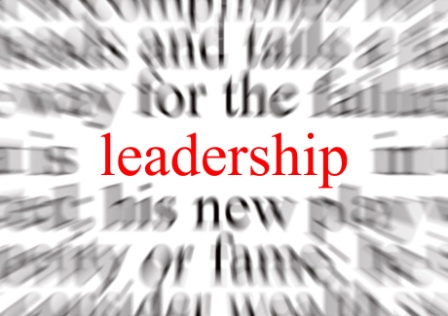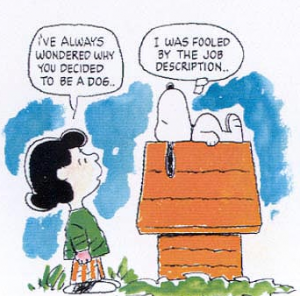I was looking through some old emails the other day, and I saw someone mention the Human Resources Management Conference. I thought it sounded interesting, so I clicked through expecting to see a small, local event that might be semi-interesting to attend. Then my jaw dropped. This event is loaded with amazing speakers, great content, and it’s in its 56th year! Wow. So I reached out to the conference organizers to see if I could cover the event for them, and they quickly got back to me with a press pass. This is going to be pretty sweet!
What I’m looking forward to
There are several sessions I am planning to attend (although this could change with the flow of the day). Check out the descriptions from the event brochure to see what kind of cool stuff I have to look forward to!
-
Leadership GPS – Growth, Performance, Sustainment®What is your organizational direction? Are you ready to emphasize growth over survival?Are you ready to demonstrate to your organizational leaders that they are vitaland valuable? Are you ready to re-calibrate your organizational GPS? This lively andinteractive session addresses the basic foundations for leadership training that canactually improve the business bottom-line.
- Managing For High Performance and Retention: Key Drivers of Employee Engagement - Based on extensive analysis of data from 90,000 employees around the world, this presentation discusses the top 10 ways in which managers can drive higher levels of performance and commitment from the workforce. It specifically examines how managers directly and indirectly drive employee performance through engagement. Further, the presentation considers how the manager influences employee engagement with the broader organization in addition to the team and to the employee\’s immediate work.
- Social Media as an HR Tool: How It Can Help and How It Can Hurt - Does your organization twitter, blog, wiki, link in and have “face†time on the web? This timely session focuses on not only using social media as an HR tool for recruiting, screening, training and development, building a community image and more, but also covers social media liabilities – what is being used against companies that you should avoid. Our presenters teach how to use social media in HR while watching out for pitfalls and liabilities.
- On the Recruiting Trail – It\’s now widely recognized that HR is a key function in driving business forward and influencing business strategy. Companies are more aware of the value and importance of HR functions and the need to recruit and retain the best workforce. Companies also demand that diversity of thought and experience be brought to the table to address their needs in a more comprehensive way. From the Strategy Model to the Intake Model this session takes a look at how to automate and accelerate each step in the recruitment process.
Why this event is unique
Although I’m not a big football fan, since it’s held on the University of Alabama campus, everything has a football theme to it. Scoring, half time, and tailgating are just a few of the terms that run through the agenda, and I love to see people having fun and breaking the mold of conference customs. :-)
If you’re in the Alabama area and think you might like to attend, here’s the link to sign up online.
On a side note, hopefully I’ll be able to wrangle Kris Dunn into a conversation. Only had the opportunity to meet him once before but definitely looking forward to it again!
I’ve had some major conference envy recently with everyone attending other events, so now it’s my turn to attend a killer show and bring the content to you live!




